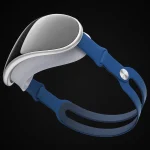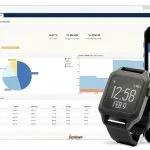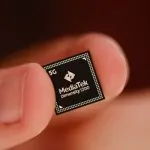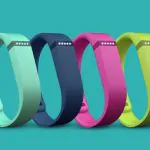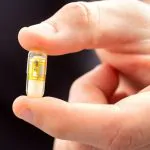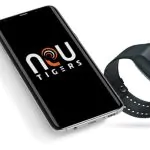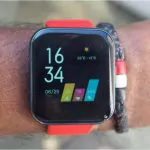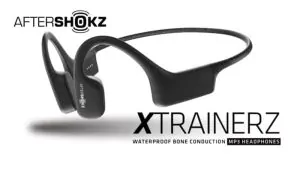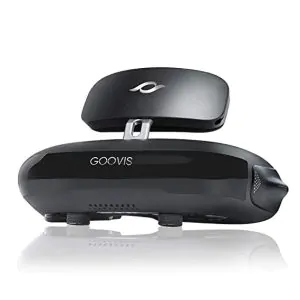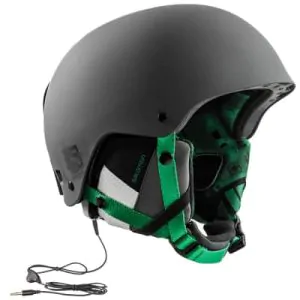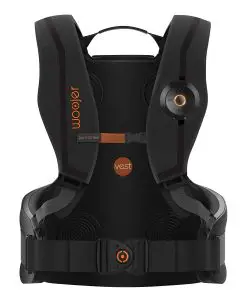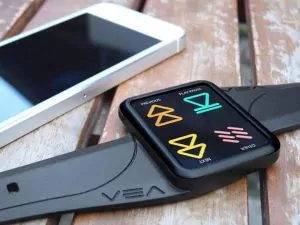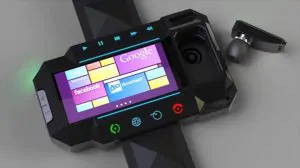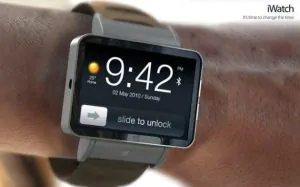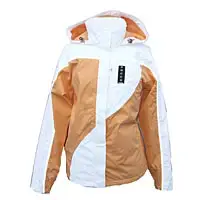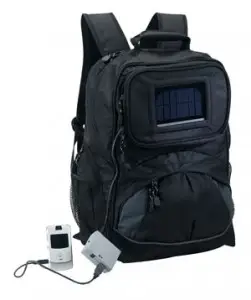The Fitbit Versa 3 and the Amazfit GTS 2 are two options for those looking to track fitness and health, without spending big money.
Unlike the Apple Watch Series 6, both of these smartwatches work across iOS and Android, and offer fitness tracking, sports tracking and core smartwatch features.
So how do the Versa 3 and the GTS 2 match up with each other? We’ve compared the spec sheets to find out.
Here’s how Fitbit’s flagship smartwatch lines up against the latest Amazfit smartwatch off the conveyor belt. And don’t forget to check out our round-up of the best smartwatches money can buy.
Amazfit GTS 2 v Fitbit Versa 3: Price
With the Amazfit GTS 2, you can expect to pay $179.
The Versa 3 comes in at $229.
That makes the Fitbit marginally more expensive, and some of its more advanced features, such as the Health Metrics and advanced sleep tracking, live behind the Fitbit Premium service. So it’s certainly advantage Amazfit for those looking to spend less.
But do you gain a better smartwatch by paying more for the Versa 3? Let’s get into what the two watches offer.
Amazfit GTS 2 v Fitbit Versa 3: Design
With the GTS 2, you’re getting a 42mm aluminum alloy case that measures in at 9.7mm thick and is paired with a 20mm silicone band.
The Versa 3 comes with a smaller 40mm aluminum case that’s 12.35mm thick and comes with removable bands in large and small size options.
If you’re after a slimmer smartwatch, it’s the GTS 2 for you. If you like the idea of having a big range of different bands to dress up or dress down your smartwatch, the Versa 3 will offer you more in that particular department.
Touchscreens are the key way you’ll interact with both watches and you’re getting high specced screens here.

The GTS 2 packs a 1.65-inch, 348 x 442 resolution AMOLED display. The Versa 3 in comparison comes with a smaller 1.58-inch, 336 x 336 display.
The original GTS had a great display and it’s more of the same with the GTS 2. Similarly, Fitbit doesn’t disappoint with its screen here either, so these two are evenly matched in this department.
Away from the screens, Fitbit builds a button into the watch case, while the GTS 2 opts for a more conventional solitary physical button.
They match for water resistance ratings, letting you jump in the shower with them and swim at a maximum depth of 50 meters.
Amazfit GTS 2 v Fitbit Versa 3: Smartwatch features

As smartwatches, both have plenty to offer on paper. They’re both compatible with Android and iOS devices, but offer a fuller experience when paired up with an Android phone.
The GTS 2 offers notifications, music controls, weather forecasts, watch faces, the ability to make calls over Bluetooth and Amazon’s Alexa smart assistant. There’s also an additional offline voice assistant that can control key features like the music player, enabling settings and launching workout tracking.
There’s also a 3GB music player to pile on your audio and pair up Bluetooth headphones to listen without your phone.

The Versa 3 arguably offers more features and ones that feel a little more developed than the ones on the GTS 2.
Again you get notifications, though you can also respond to text messages from Android phones. You also get a big collection of watch faces, and the ability to take calls from the wrist.
It has Amazon Alexa support too, which has been joined by Google Assistant in the US. A wider rollout of Google Assistant is on the way, so check for updates.
There’s Fitbit Pay to enable contactless payments, which you don’t get on the GTS 2 – although not all banks are supported.
There’s a music player with around 2.5GB of storage, which should be enough space for around 300 songs. Crucially, Fitbit offers offline playlist support for Pandora in the US and Deezer outside of the US.
While the GTS 2 certainly offers plenty in the way of smartwatch features, you’re getting more from Fitbit Versa 3.
Amazfit GTS 2 v Fitbit Versa 3: Health and fitness tracking

Fitbit is built on fitness tracking and is now making big moves into serious health monitoring.
Huami’s Amazfit’s smartwatches are designed with fitness tracking at the core too, and it’s trying to muscle in on Fitbit’s action.
The GTS 2 boasts 24/7 fitness tracking, sleep monitoring, continuous heart rate monitoring, stress tracking and the ability to take blood oxygen measurements from Huami’s BioTracker 2 PPG biological data sensor.
The blood oxygen monitoring is off by default, but it can be done as a spot check or turned on for sleep monitoring and continuous tracking if you need. That will affect battery life.
The GTS 2 will also track stress, and if you’re happy to have even more battery drain, you can have that tracked throughout the day too.
That sensor is also used for delivering heart rate during exercise and giving abnormal heart rate warnings.

Front and center is the PAI score, which distills your weekly activity into a single number. The more intense your activity, the more PAI points you’ll accumulate. It’s not the most intuitive or motivating system out there, but it’s medically validated and trustworthy.
For sports tracking, you’ve got built-in GPS and 12 sports modes which include running, skiing, indoor cycling and swimming (pool and open).
Data lives inside of the Zepp companion app where you can also link it to third party apps like Strava and Relive. The Zepp app is nowhere near as polished or as motivating as the Fitbit one, and feels quite sparse and unpopulated. It’s fiddly to navigate, although post-workout summaries are a lot more detailed.
There’s a lot of health data on offer from the Amazfit GTS 2 – but accuracy isn’t as good as on the Fitbit. Sleep tracking wasn’t as sensitive, and the data is not as reliable. Likewise, the heart rate accuracy wasn’t as strong during workouts.
However, as a rough baseline for monitoring activity the Amazfit GTS 2 offers plenty of detail.

The Versa 3 provides the best of Fitbit’s fitness tracking. It’ll count steps, offers some of the most reliable sleep tracking available and also has continuous heart rate monitoring.
There’s Fitbit’s latest PurePulse heart rate monitor on board and an SpO2 sensor to measure blood oxygen levels during sleep.
When it’s time to step things up, the Versa 3 adds built-in GPS for the first time in Fitbit’s smartwatch range to track outdoor activities like running and cycling. And it will hook up to Strava, too.
You can track swimming, though only in the pool. Fitbit’s SmartTrack technology will automatically recognise exercises like running and swimming.
The heart rate monitor also unlocks features like Active Zone Minutes, shifting the emphasis from step counts to crediting time spent in elevated heart rate zones. Like PAI it’s not the easiest metric to understand, but if you commit to hitting Active Zone Minute targets of 22 mins a day or 150 minutes a week your health will thank you for it.

The Fitbit sleep tracking is the best in the business, and if you want a true assessment of how you sleep, the Fitbit Versa 3 is a superb choice. The most in-depth analysis does require a Fitbit Premium subscription, though.
Likewise, the new Health Metrics dashboard will break down nightly breathing rate, oxygen saturation and heart rate variability – but only for Premium users.
There’s no stress tracking on the Fitbit Versa 3; you’ll need the Fitbit Sense for that.
The Amazfit GTS 2 makes bigger promises and delivers more raw data, but the Fitbit Versa 3’s accuracy, analysis and smartphone companion app are far superior.
Amazfit GTS 2 v Fitbit Versa 3: Battery life

The good news is that neither of these smartwatches will have you reaching for the charger every day or so.
The Versa 3, like the Versa 2, promises as much as six days and maybe even more depending on the features that are in regular use. Switching to the always-on display mode will shorten battery life too.
For the GTS 2, you can expect seven days in typical use and 20 days in basic usage mode. It also states battery life when you’re using GPS and it’s an impressive 25 hours.
As we’ve found on other Amazfit watches, features like advanced sleep tracking, continuous stress tracking and respiration tracking will reduce battery life to just a few days. You also have that always-on display option as with the Versa 3. However, it’s nice that these features are so granular you can make a personal choice.
When you hit 0% battery, the GTS 2 takes around two hours to charge back up.
With Versa 3, you have the added benefit of fast charging. That means 12 minutes spent on the charger will give you a day’s worth of watch time.
Initial verdict
Both watches cover those fitness and sports tracking basics, with Fitbit arguably offering a bit more in the software department. Its app support and Premium platform offer more insights and assistance to help stay on top of your health and fitness goals.
Both offer plenty in the way of smartwatch features too, though Fitbit’s feel a little more developed and useful. It’s clear the Versa 3 will get you a more rounded smartwatch experience on the whole, but you definitely shouldn’t discount the GTS 2 doing a good job as well for less.
Buy the Fitbit Versa 3 if…
You want the best fitness tracking data from a mid-range smartwatch. With the addition of GPS, the Fitbit Versa 3 is a really well-rounded smartwatch at a hugely competitive price point. But with Fitbit you’re paying for the platform, as well as the watch itself.
Buy the Amazfit GTS 2 if…
The Amazfit GTS 2 isn’t quite the bargain the original was, but its spec sheet is hard to argue with. The running and sports tracking is superb, and if you want all the sensor data you can muster, the GTS 2 has got it all in a sleek, lightweight package. Data accuracy could be better, but there’s a lot here to like.
